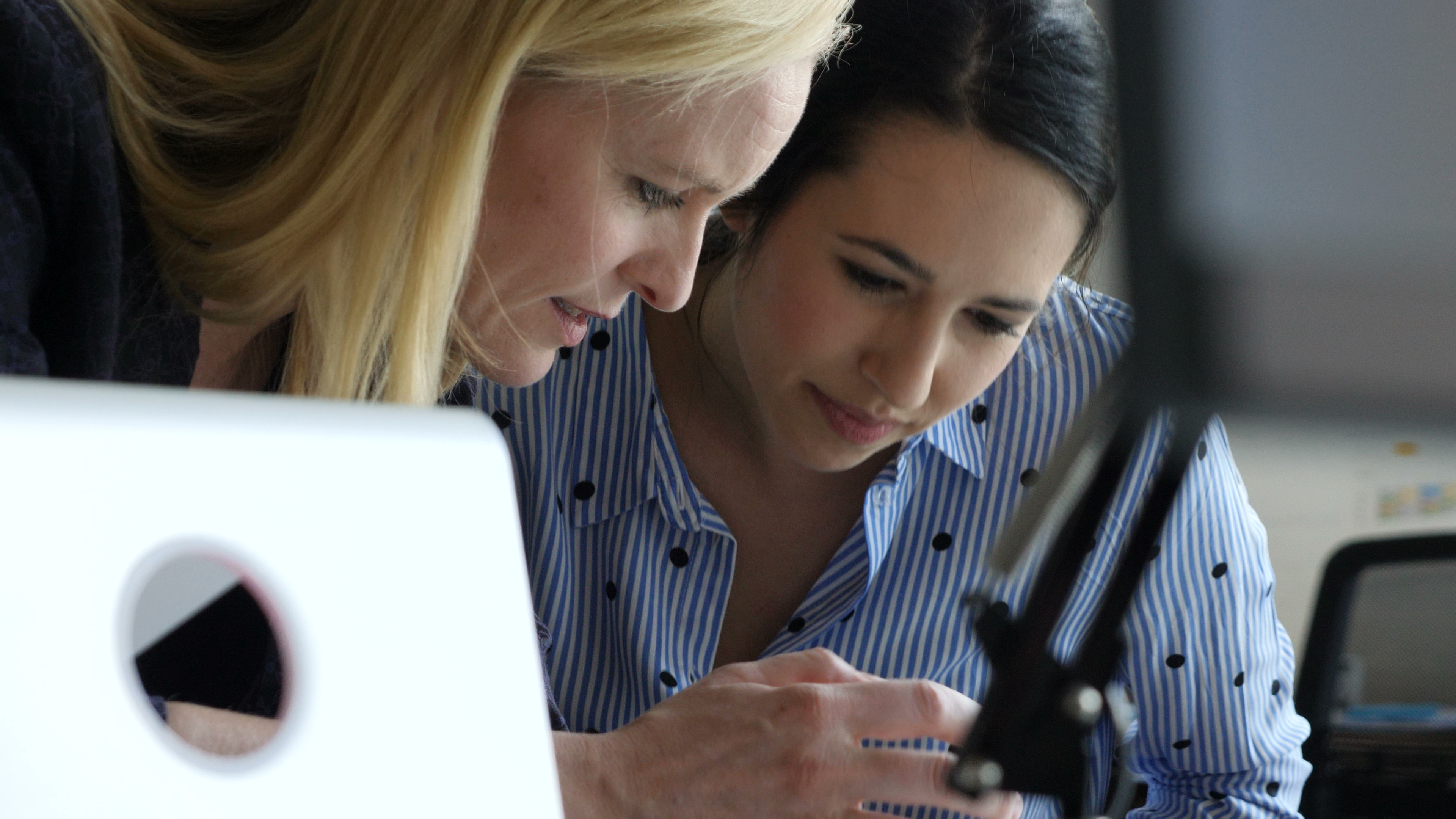Prototyping Prototype production according to customer specifications
In today's fast-paced technology landscape, creating bespoke touch solutions that precisely meet your product requirements is more critical than ever. As someone deeply embedded in the industry, you understand that each project demands unique, meticulously crafted touch systems that can differentiate your product in a competitive market. At Interelectronix, we bring our extensive expertise to the forefront, ensuring that your touch solutions not only meet but exceed expectations through our dedicated prototype construction process. Having a prototype early is crucial as it provides a fast real-world understanding of the application, dramatically de-risks the project, and enables quick adjustments to meet specific needs. By embracing rapid prototyping, we aim to bridge the gap between concept and reality swiftly, effectively, and cost-efficiently. Here’s why our approach to prototype construction is the game-changer you've been looking for.
Custom Touchscreens, Embedded HMIs, and Touchscreen Monitors: Our Specialty
At Interelectronix, we specialize in designing customer-specific touchscreens, embedded HMI (Human-Machine Interface) systems, and touchscreen monitors. Our approach to prototype construction is pivotal in developing these tailored solutions. Rapid prototyping is key to creating fully functional touch solutions early in the development phase. This approach not only enhances the understanding of the application and its functionality but also ensures its suitability for the intended use. Rapid and competent prototype production is crucial for the subsequent success of any product, leading to significant cost reductions through early product optimization.
Comprehensive Development and Prototype Construction
Supporting Clients from Concept to Completion
From the initial concept phase, we are committed to supporting our clients. Often, Interelectronix technicians are presented with only a requirement profile or basic specifications for the intended touchscreen, HMI, or touchscreen monitor application. Detailed technical specifications, design drawings, or material details are frequently missing or inadequate at this stage. Our team provides comprehensive advice, discussing the potential advantages and disadvantages of various technologies, materials, and finishing options to guide the project forward.
Step 1: 3D-CAD Design for Accurate Prototyping
When concrete design specifications are not available, Interelectronix takes the initiative to develop 3D models. This crucial first step involves testing all possible technologies, materials, refinements, and installation and operating requirements until a suitable construction is found. Our 3D CAD development and design support is ideal for quickly identifying design errors, thereby avoiding high costs in toolmaking and significantly shortening design times. The 3D CAD design process also considers manufacturing conditions and restrictions in detail, ensuring that difficult installation conditions and special environmental influences are tested and accounted for.
Step 2: Physical Prototype Construction
Following the 3D modeling phase, we move to the physical construction of a prototype. This prototype closely mirrors the final product in all its requirements. Various construction designs are examined for their suitability through technical tests before the best solution is selected. Our prototypes undergo necessary mechanical, chemical, and thermal tests to thoroughly evaluate their suitability for future applications. This ensures that our touchscreens, HMI systems, and touchscreen monitors can withstand the environmental and operational stresses they will encounter.
Rapid Prototyping for Embedded HMI Solutions
Our expertise extends to embedded HMI solutions, which are crucial for seamless human-machine interactions across various industries. Whether you need a sophisticated interface for industrial machinery, medical devices, or consumer electronics, our embedded HMI designs are tailored to meet the specific operational requirements of your application. Rapid prototyping of embedded HMI systems allows us to quickly iterate and refine user interfaces, ensuring they are intuitive and responsive. By rapidly producing HMI prototypes, we can test various interface designs and functionalities early in the development process, reducing time-to-market and improving product reliability.
Optimizing Touchscreen Monitors through Rapid Prototyping
Interelectronix also excels in developing touchscreen monitors designed to deliver optimal performance in diverse environments. Our touchscreen monitors are built to withstand harsh conditions, offer high durability, and provide excellent touch sensitivity and accuracy. Rapid prototyping enables us to produce physical models of these monitors quickly, allowing for extensive testing and optimization. This process ensures that every aspect of the touchscreen monitor, from screen size and resolution to touch technology and protective coatings, is fine-tuned to meet the exact specifications needed for your project.
The Strategic Importance of Rapid Prototyping
Rapid prototyping for embedded HMIs and touchscreen monitors is vital for several reasons. It allows for the early identification and resolution of design issues, saving both time and money in the long run. By creating functional prototypes quickly, we gather valuable feedback from users and stakeholders, making informed adjustments before mass production begins. Furthermore, rapid prototyping facilitates better communication and collaboration between design and engineering teams, ensuring that the final product aligns with the initial vision and technical requirements.
Why Interelectronix
At Interelectronix, we understand that your success hinges on not just meeting but anticipating market demands with innovative, reliable touch solutions. Our deep industry knowledge, combined with our meticulous approach to prototype construction, ensures that every touch system we develop is tailored to your specific needs. By engaging with us, you leverage our expertise to navigate the complexities of touch technology seamlessly. We invite you to connect with us and explore how our bespoke solutions, including embedded HMIs and touchscreen monitors, can propel your product to new heights. With Interelectronix by your side, you are not just keeping up with the industry standards; you are setting them. Reach out today and let's build the future together.
